Are Float Planes the Most Underrated Way to Access the Backcountry?

“Captain Mo”
Cascade Mountain Tech Outbounder
January 13, 2022
Whether it was a family camping trip or a hike launched from a trailhead—our introductions to the outdoors were, no doubt, simple. The interface at the edge of civilization and where nature begins is where most adventures start.
Our more intrepid inclinations swell as we rediscover our origins in the natural world. We push farther into the wild, in ever bolder circles. More meaningful and pristine glimpses of the world can be discovered where fewer and fewer soles have tread. All the beauty we could ever hope to see exists in the untouched regions, and the goal becomes clear—exceed the point of attrition of the majority. Go farther, to witness more. But this isn't enough. Four-wheel drive vehicles take you even deeper, but you continue to find tracks. So you saddle up a beast of burden and ride beyond where mere hikers reach. Even still, you find evidence of prior visitors. What then?
The answer is singular for those who yearn for a genuine expedition: the floatplane. A portal to the deep backcountry, with capabilities to land on tiny bodies of water—and give you a passport to unimaginable locales where no airstrips are necessary.

“a portal to the deep backcountry”
My first opportunity to take off and land on the water came about 20 years ago. Not surprisingly, this happened in Alaska. They say every other Alaskan resident is a pilot. This is due to the necessity of transporting goods, and passengers well beyond the limitations of development. Our 2-week fishing trip on Prince of Wales Island set out from the heavily trafficked port of Ketchikan.
“Today there are six times as many Pilots and sixteen times as many aircraft per capita, in Alaska, than anywhere else in the US.”
It takes an unreasonable amount of trust to step aboard a floatplane for the first time. After all, I own surfboards larger than the pontoons that float these aircraft. Your eyes search the seems of the aluminum skin for missing rivets, and you board with great trepidation. The 5 point safety harness offers all the snug embrace of a clinical straight jacket. This affirms the suspicion that what you're about to do is every so slightly bonkers. The pilot offers a safety briefing: fire extinguisher, life raft, flares, exiting the craft, etc.
Now taxi-ing the waterway, an understated "Ok" comes from the pilot's mouth—and on rolls the throttle. The roar of the Dehavilland Beaver's engine deems communication headsets a must. The 450 horsepower Pratt & Whitney drones with rising frequency, and the plane's nose lifts towards the sky. The sight of the horizon is lost at this point. Speculation arises as to how the pilot knows where the plane is headed. You oversee the twisting of knobs, adjusting of flaps, ramping of the throttle, the articulation of the yolk, and you begin to understand—this is a highly skilled individual.

The thuds of water slapping against the pontoon quicken. The chatter can be felt throughout your body. The bird's weight, along with its passengers and cargo, begins to ski atop the water. Once the plane's pitch returns to horizontal and the view forward is regained, the water tears under the pontoon, spraying brilliantly into the mist. With a forward thrust of the yolk, pushing the plane downward, the pilot uses the rebound like a trampoline to break the water's suction on the pontoon. First comes the one pontoon, then the other. Finally, with a few last slaps—you're aloft.
“Thus, the boat becomes a plane.”
Now, I have yet to describe what it's like to squeeze into this small craft. By no means could the word "spacious" find its way into the conversation. An uncomfortable intimacy is shared by all in attendance—but the view is so spectacular, it doesn't matter. The tradition of letting the rookie ride co-pilot was observed, and I had front row seats to the grandeur of Southeast Alaska's inner passage. Staring through the rhythmic strobing of the propeller, I marveled at the steep islands and cobalt waterways winding between. Plumes of white mist jut up into the air from the whales beneath, and the large ships appear as children's bath toys.
Through my headset, I queried jokingly, "You mind if I take over?" I gestured to the yolk in front of me. The pilot smirked, "Go ahead." and his hands relinquished his yolk. My clammy palms assumed the two vertical handles. Being about 22 years old (at the time), I was in disbelief. Surely he had it on autopilot or something? There's no way he would let me fly this thing. Eager to test this theory, I rolled right, then left. The plan responded accordingly. Our pilot smiled at me, and my face beamed back. After that, I pushed the yolk forward, accelerating in an "earthly vector" and ending my abbreviated "flight school." The piolet returned to the yolk, saying, "And… you're done.”

The flight was brief (1 hour), and we descended from the heavens. There was no sign of navigable water. I couldn't see anything but trees. Our pilot peered out his window and threaded us like a needle through the blur of green. He initiated a smooth banking turn. We emerged into a river mouth, and the dock of our lodge lay in the distance. Once again, the procedure began—a twist here, some levers there. There is a panic feeling that takes place. You're looking at water, and you're headed right for it! Everything inside you is telling you, "This is wrong." Before contacting the water's surface, you feel the "pillow" sensation of the "ground effect." This is the pressurized resistance of the air between the plane and the ground. It's like a cushion. Before you know it—the slapping sound is back. The plane is once again a boat.
Throttling back and opening his door, the pilot stepped from his seat to the pontoon. He steered with one hand and rolled the throttle off—killing the engine. The plane glided up to the dock effortlessly, and he stepped onto the mossy planks and dropped a line over the cleat. To say I was impressed is to overlook my jaw agape, at this moment completely.
In the subsequent decades since my first floatplane experience, I have flown in many different aircraft—each time, pushing the destination a bit further. The past few seasons, I have been getting dropped on remote lakes in Brook's range of Northern Central Alaska. Well over a hundred miles from the nearest road, the floatplane leaves me solo to find a soul-stirring adventure in the vastness of the tundra. My gear and I get tossed on the bank and summarily left as the plane baptizes me with a watery prop-wash. The cold, blustery blast is a "welcome to the bush" custom.

Having given you a bit of backstory on my relationship with floatplanes and remote destinations, let me offer some of the insights I have gained in the nuance of the bush flight experience. These planes are the most frequently downed aircraft. This is largely due to the unpredictable places and conditions in which they are utilized. This has to be taken into consideration when assembling gear for your expedition. The last thing you want to do is overburden your aircraft with excess weight. In fact: you can most assuredly anticipate a “weigh-in” before departure.
Firstly: The best way to ready yourself pre-flight is to have a scale at home and weigh all gear you plan to take. This way, you won't have to ditch gear or precious food to make weight upon arrival. There is no other circumstance where the weight of your gear counts more than a floatplane trip. This is where great gear makes quite a difference and where essential gear takes priority. My Cascade trekking poles have made the cut year after year—a testimonial to their importance as I could have taken more food in their place.
Secondly: Are you dressed for an accidental submersion or water evacuation? Would you be able to swim in the apparel you put on before getting on the plane? There is a chance this may occur, and it will happen much faster than you will be able to "change" in the cramped confines of the cockpit. Sure it's a frightening thought. It is, however, something worth planning for. Waders (or hip boots at the very least) will be employed to disembark the craft (in the best case scenario). Yes, you will need these.
Thirdly: Roll-top dry bags are a must. Whether to protect critical, life-saving electronic communication units in the event of a crash or to make sure everything survives a dip, between the pontoon and shore—dry bags are always the way to go.
Fourth: Use your trekking pole to assess the quality of the bottom before stepping off. Starting your trip sinking up to your waist in soft muck would get things off on the wrong foot.
Fifth: Label one bag with all your priority gear that you will need access to upon hitting the shore. Sometimes this will be a firearm, pepper spray, headlamp, GPS, etc. You don't want to be digging through all your stuff in an emergency.
Sixth: Immediately take a coordinate, and send a message from your position, letting someone know where and when you arrived safely.
Seventh: Hopefully, you surveyed the area from the air before touching down. That being the best opportunity to get a lay of the land. As the plane departs, it's also good to note the heading in which the plane will potentially be returning. Setting up your camp in a position visible to the aircraft from a long way may be beneficial.
Lastly: Erecting a windsock provides the pilot a visual representation of wind speed & direction. This lets them know the direction of approaching the landing (into the wind). They will thank you for it when they return for you.

Here are some things to keep in mind.
- Low altitude floatplanes avail unbelievable photo opportunities, so have a camera on hand.
- Using binoculars while flying is a phenomenal way to get airsick.
- Use the bathroom before boarding.
- Be mindful of your feet, and remember that there are foot pedals down there.
- When packing for a floatplane trip: many small bags are much better than a few big bags.
- It’s a good idea to take note of the call numbers on the side of your plane. They can easily be spotted from the ground, so you will know if your plane is in the air. I say this, having lost communications for six days due to equipment failure.
So now that you're ready to fly, I'll leave you with this—the poet Robert Frost alluded to owing "all the difference" in his life to taking "the road less traveled by." I have always identified with this sentiment, the significant difference being "less travel by road." Therefore, I will always seek to step where there is no evidence of another foot having been—and try to leave no evidence that mine has been there either.
Thank you for reading, and safe travels wherever your expeditions take you.
Be sure to follow Outbounder “Captain Mo” on Facebook and IG




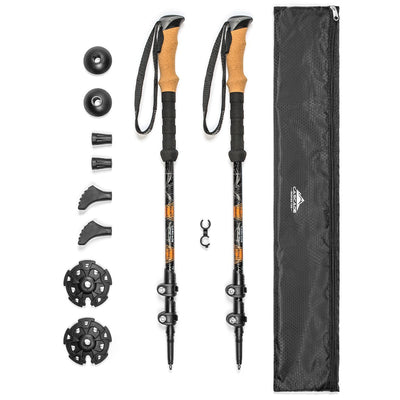
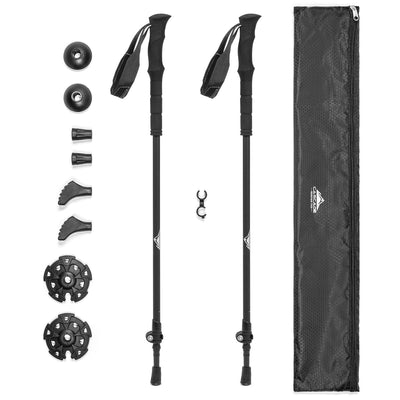
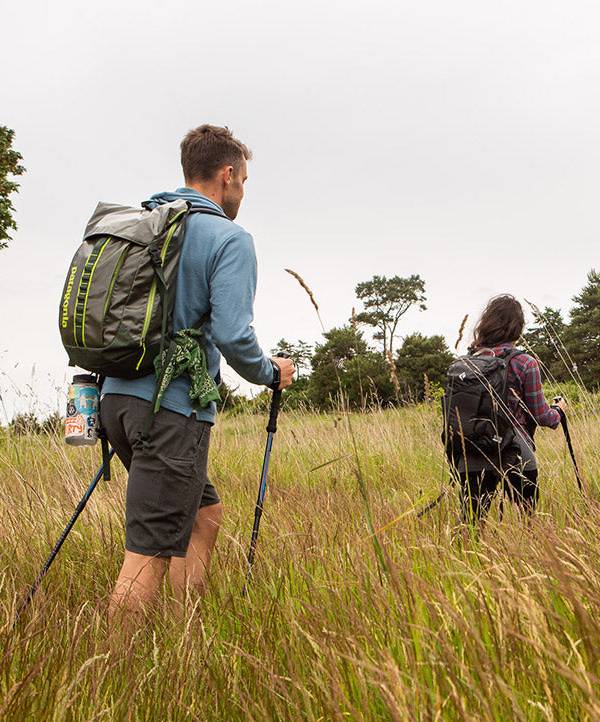

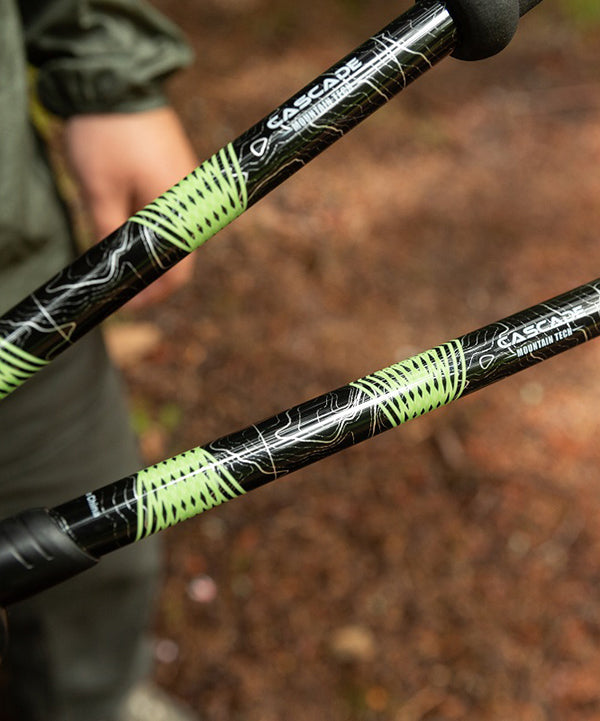

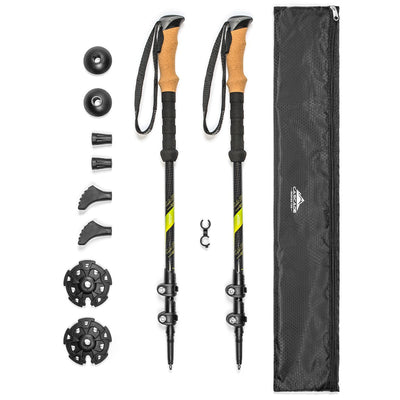
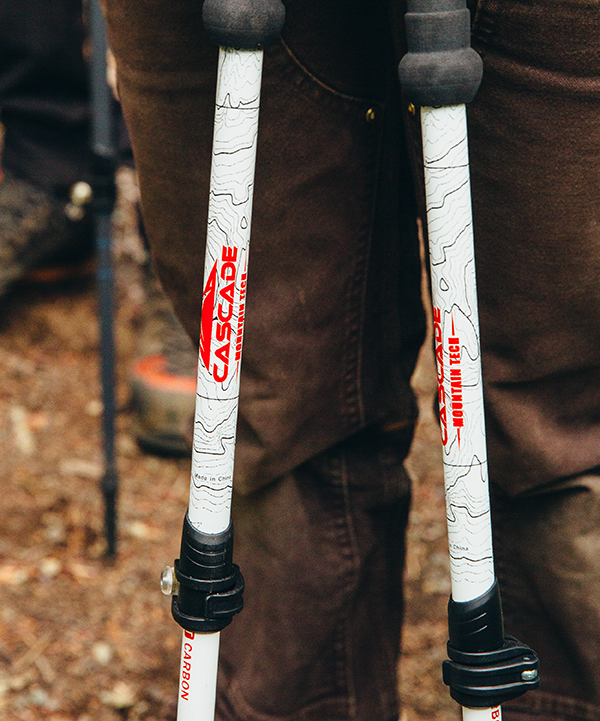
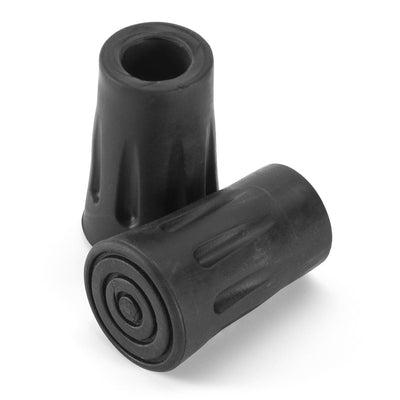
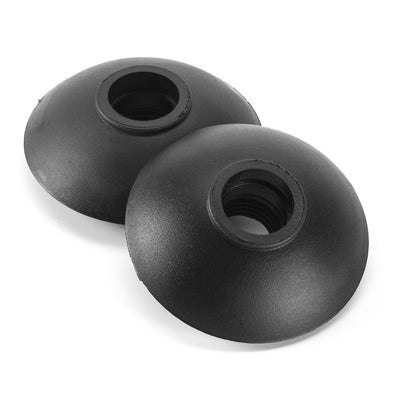
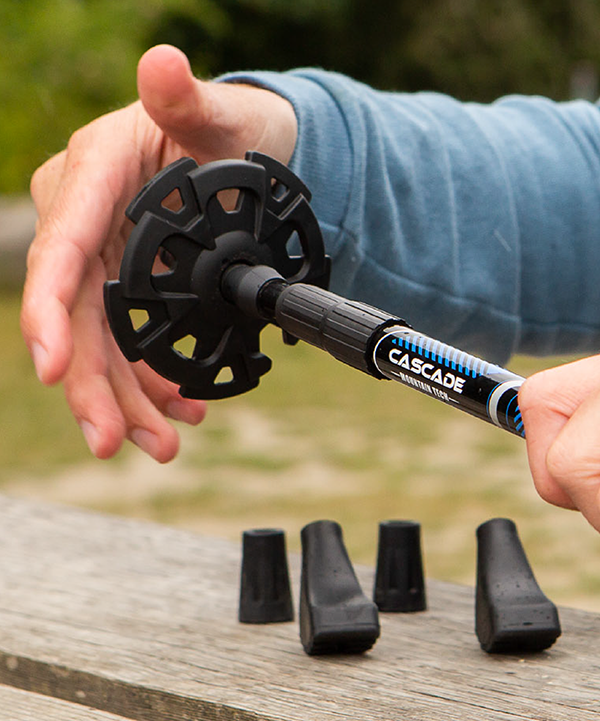
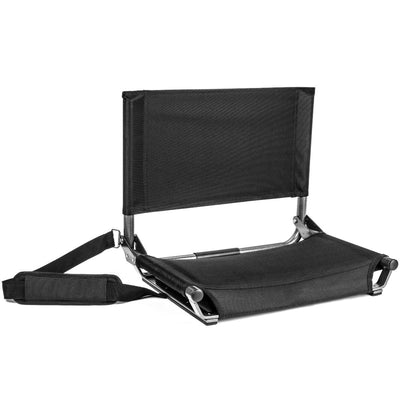
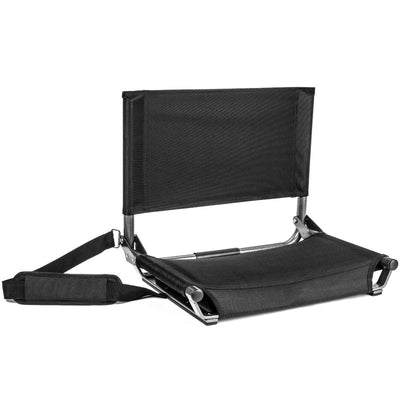



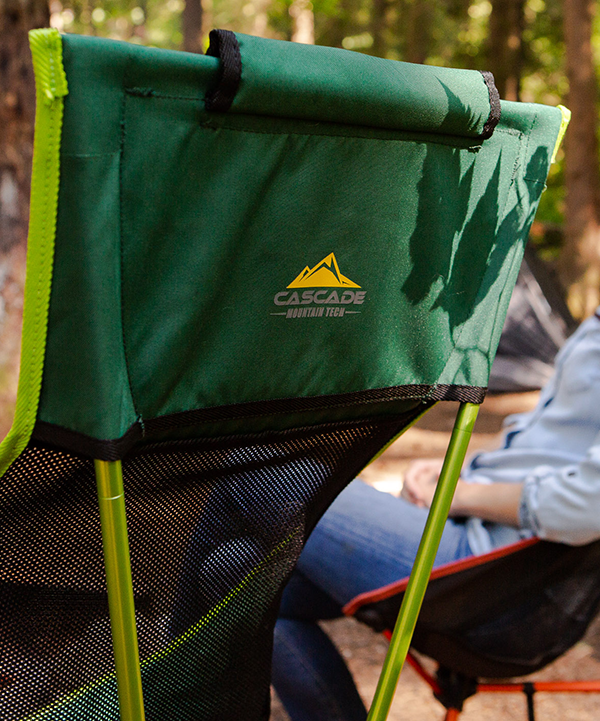
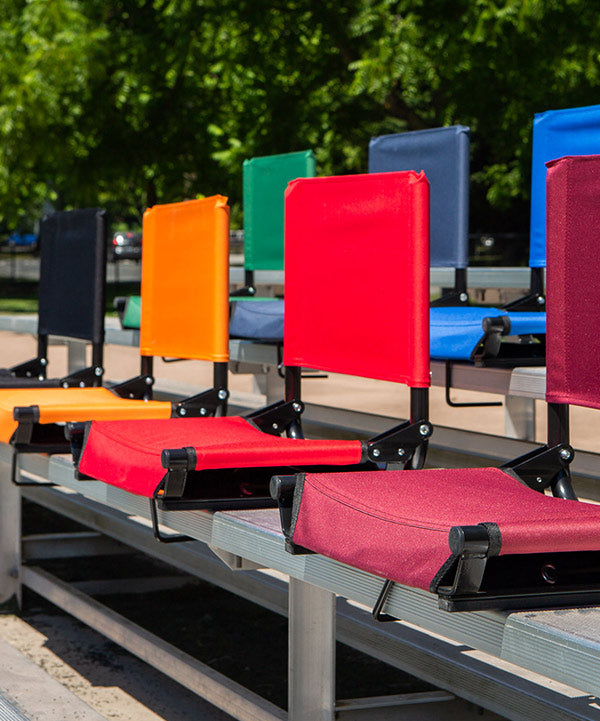

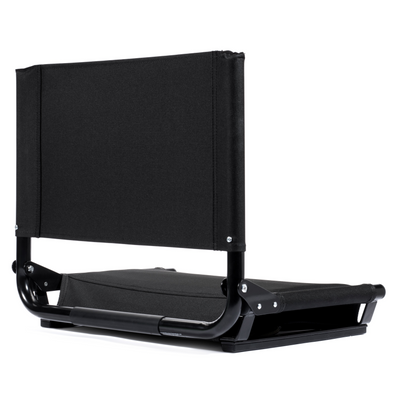
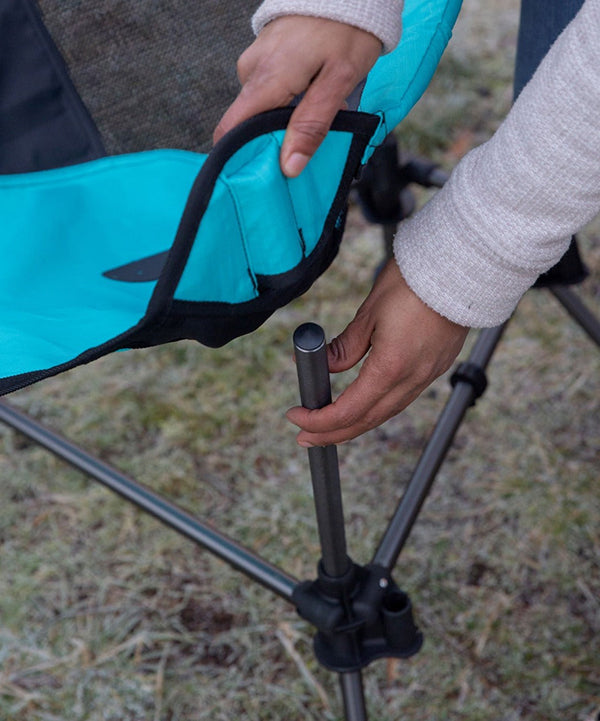


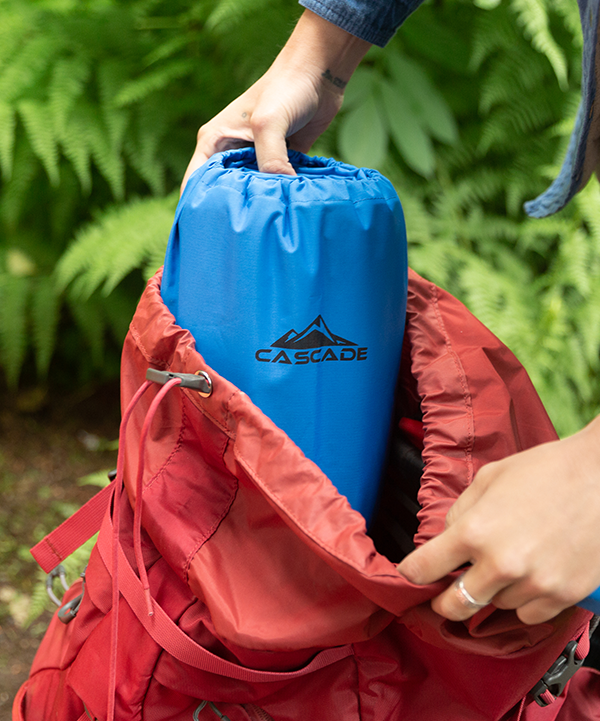
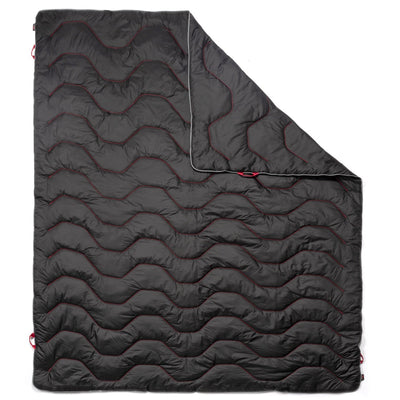
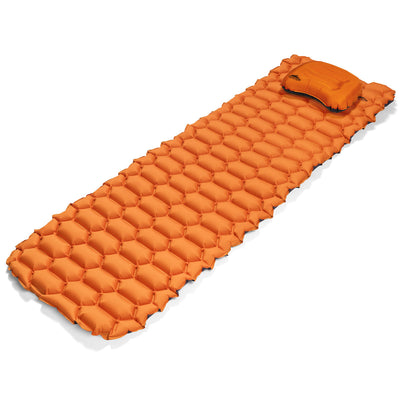



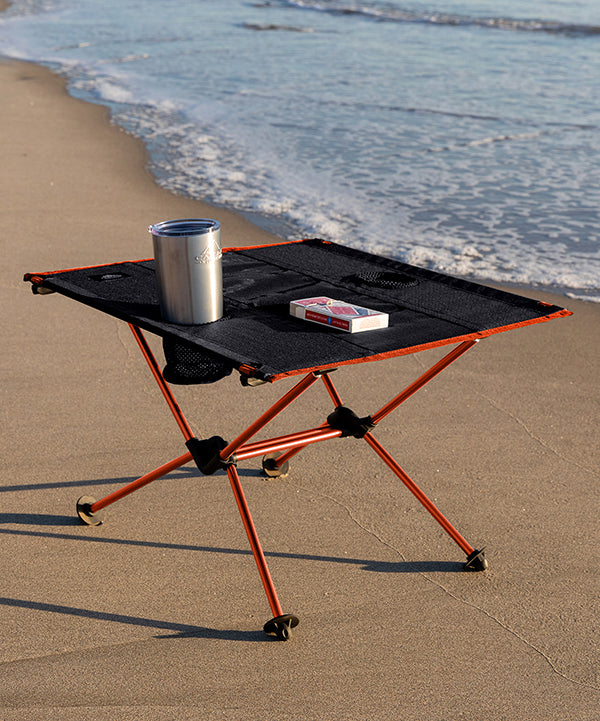

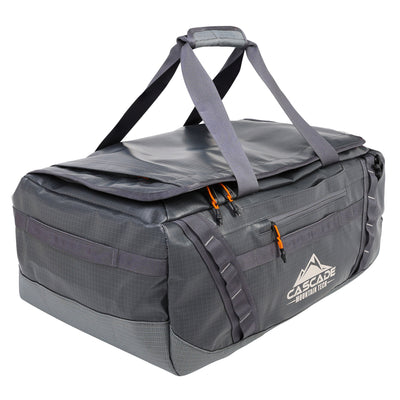
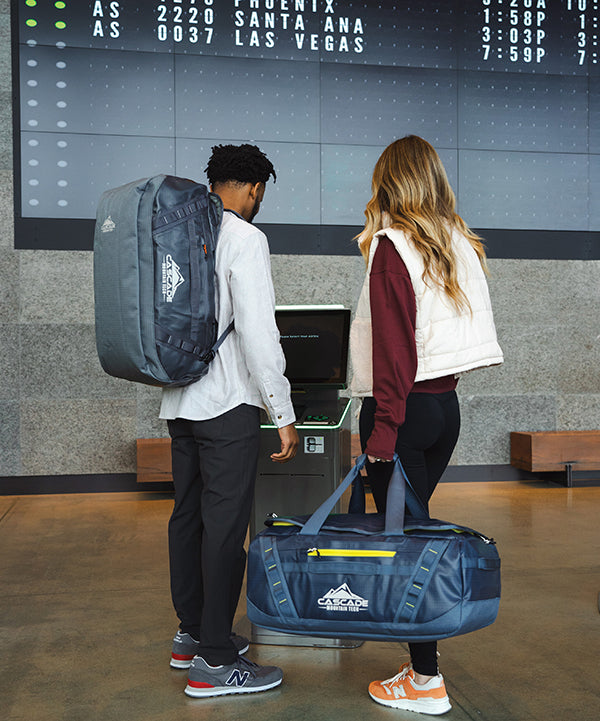
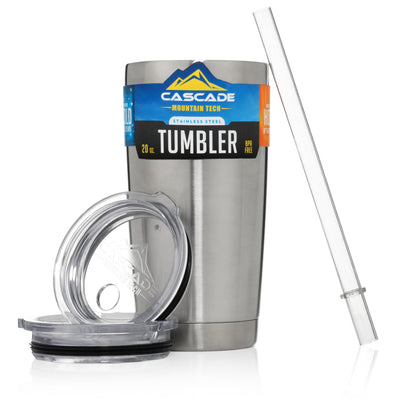
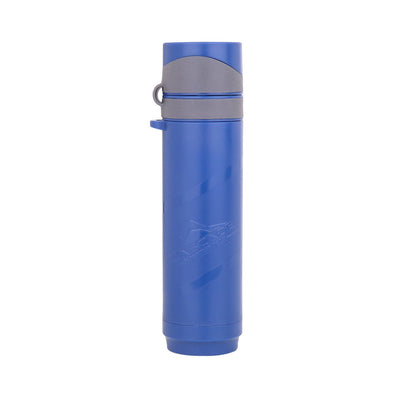
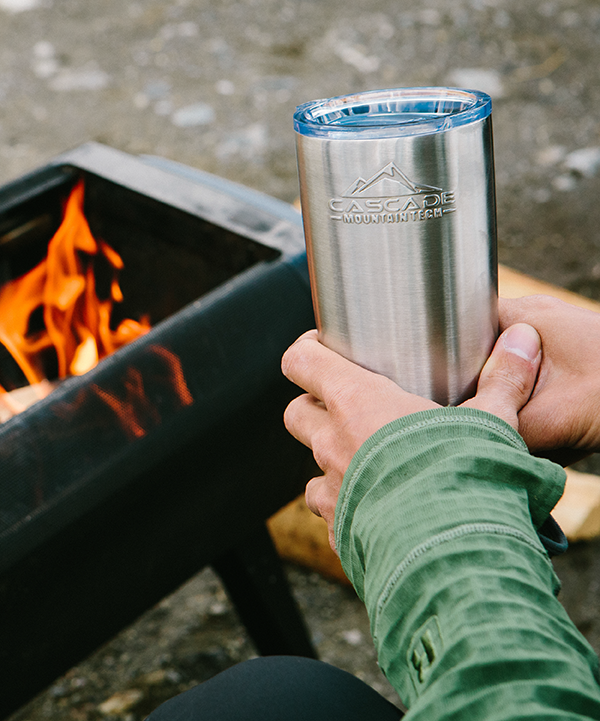
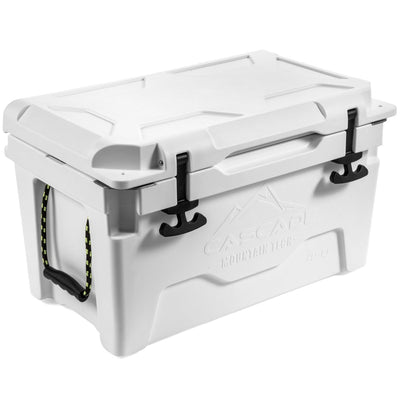



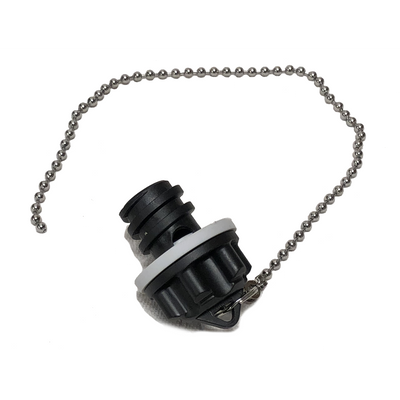
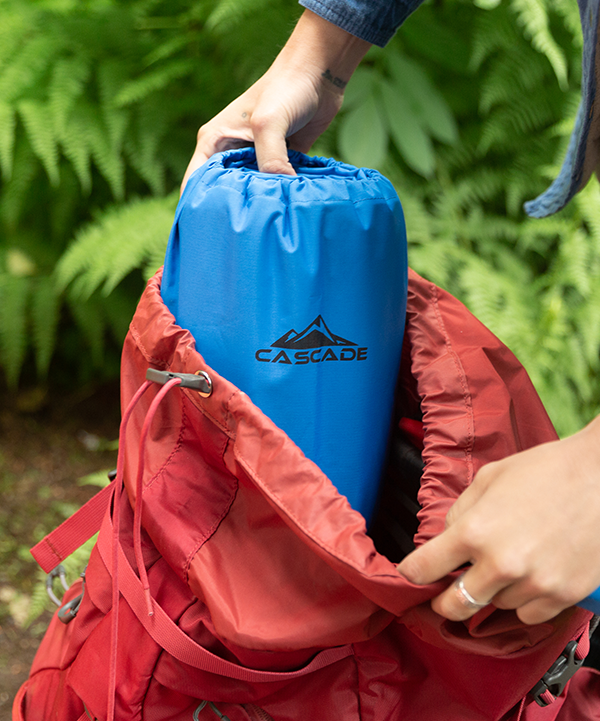
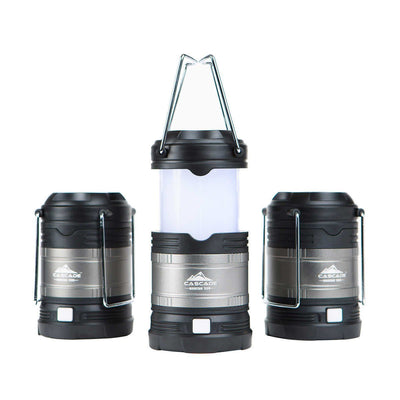

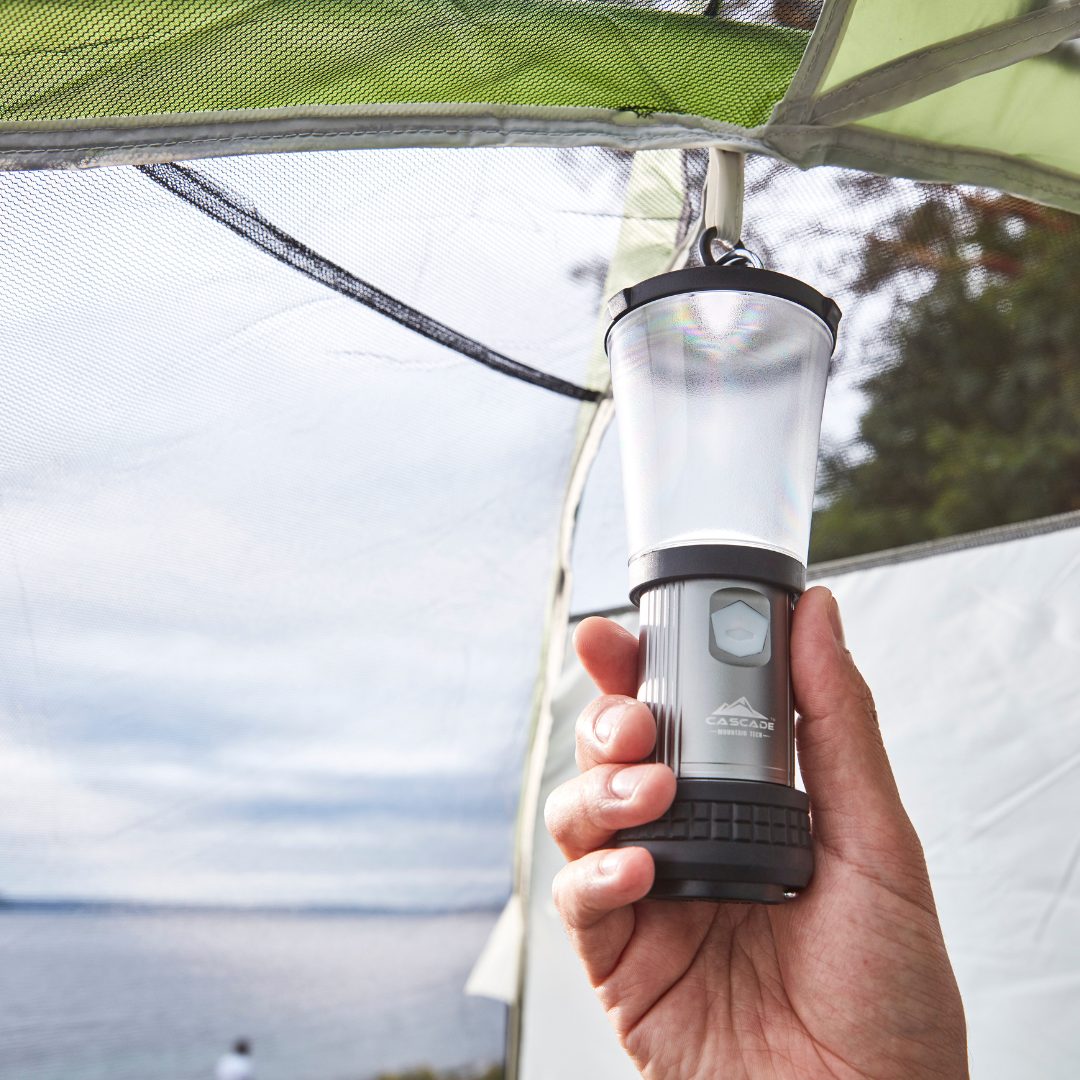

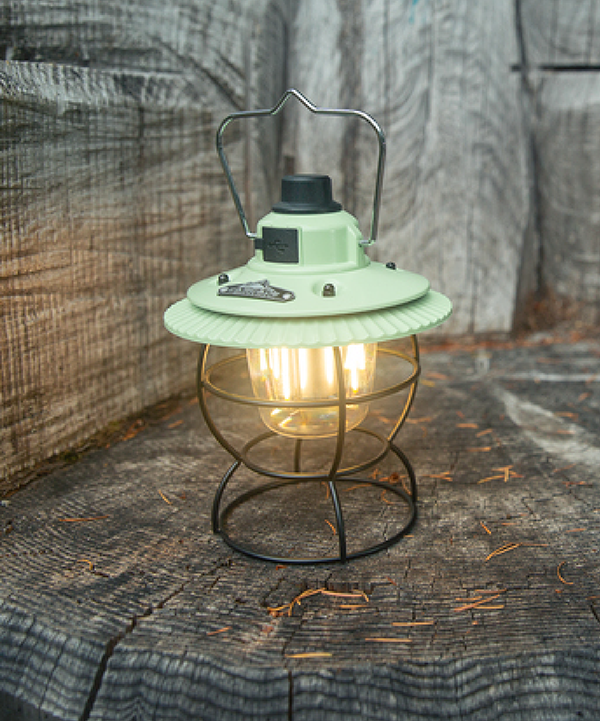

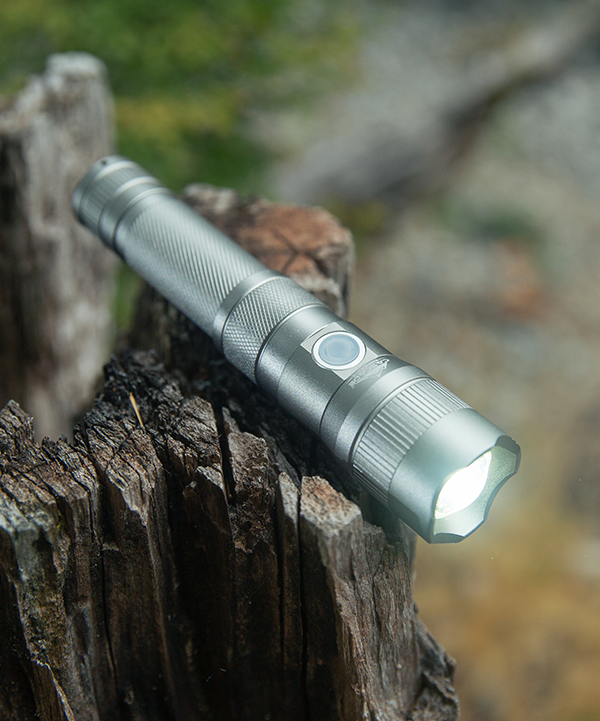

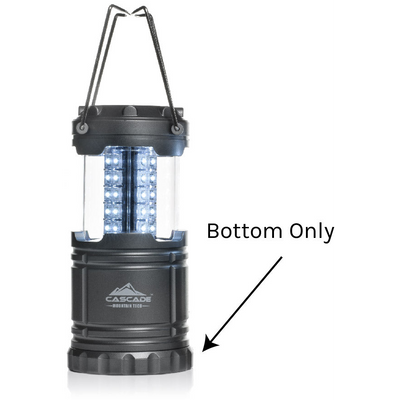
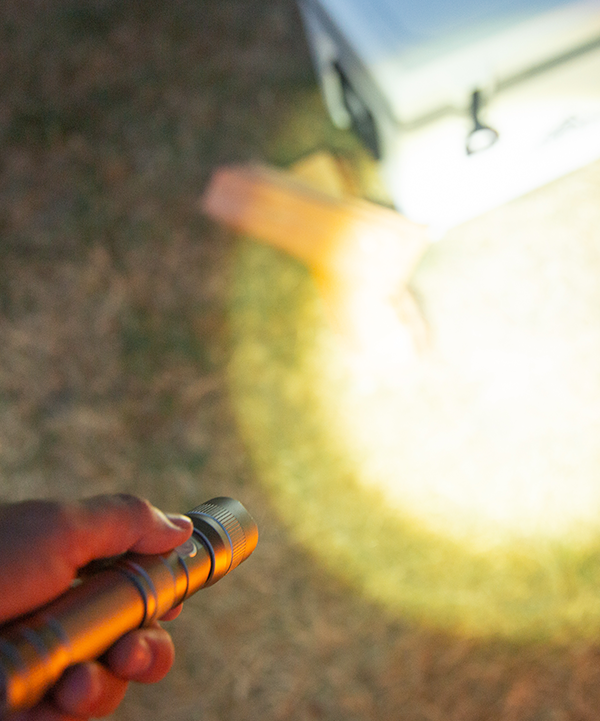


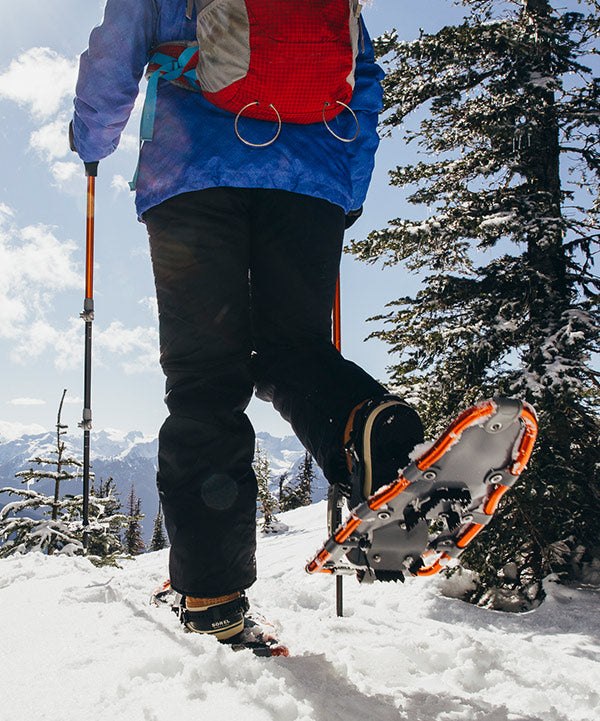

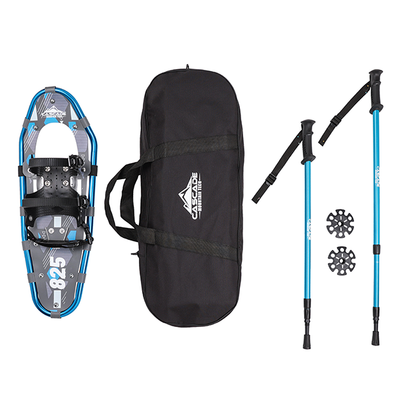
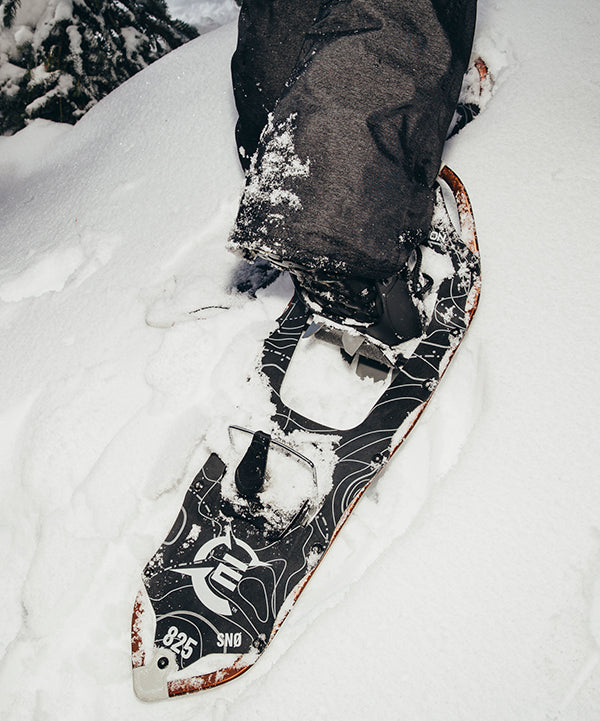

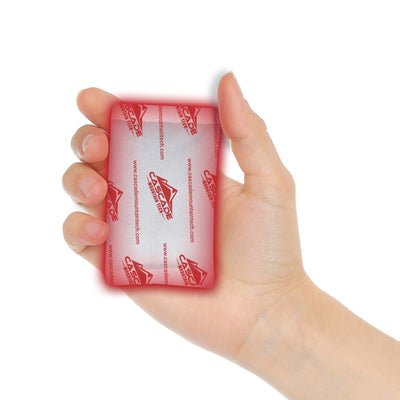

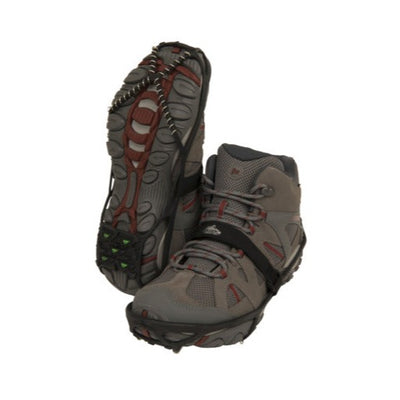

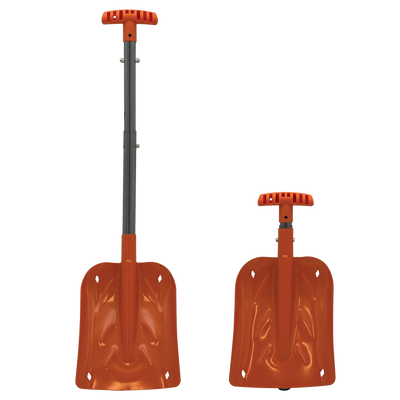
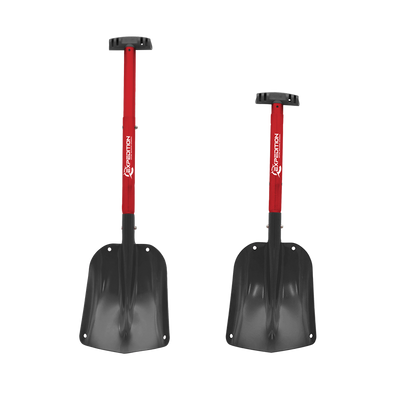
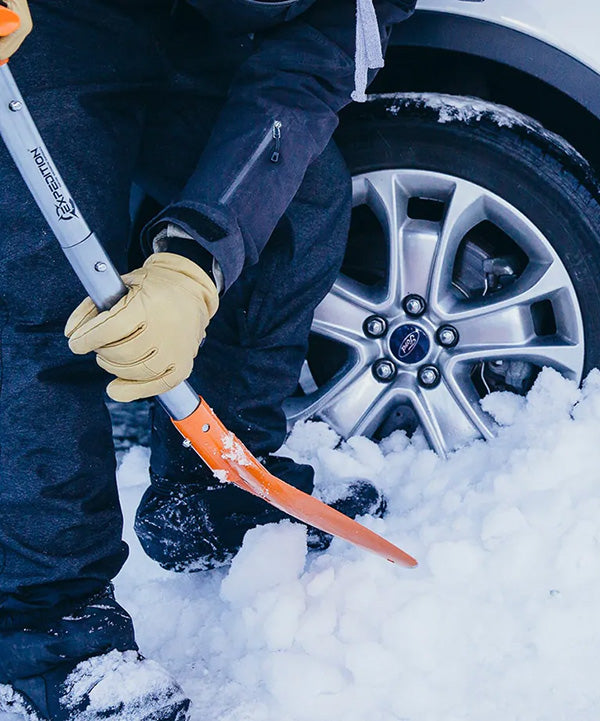
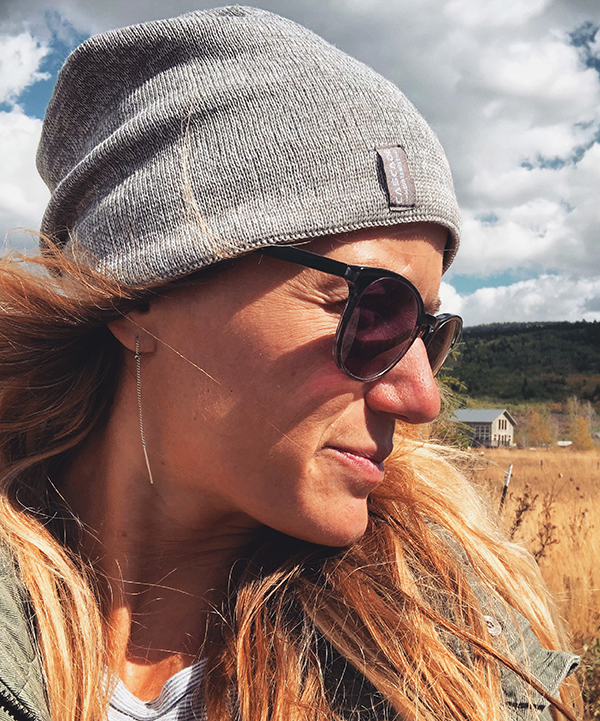

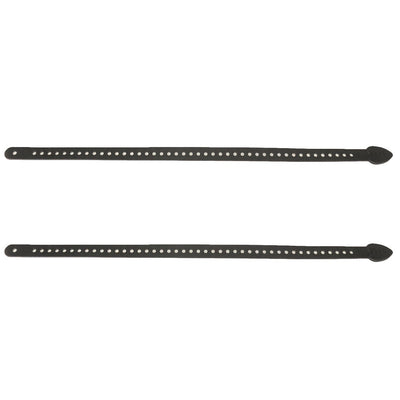











Wonderful article on floatplanes and gorgeous scenery especially the long-horned mountain sheep! Thanks for sharing!!
Wonderful article on floatplanes and gorgeous scenery especially the long-horned mountain sheep! Thanks for sharing!!
Leave a comment